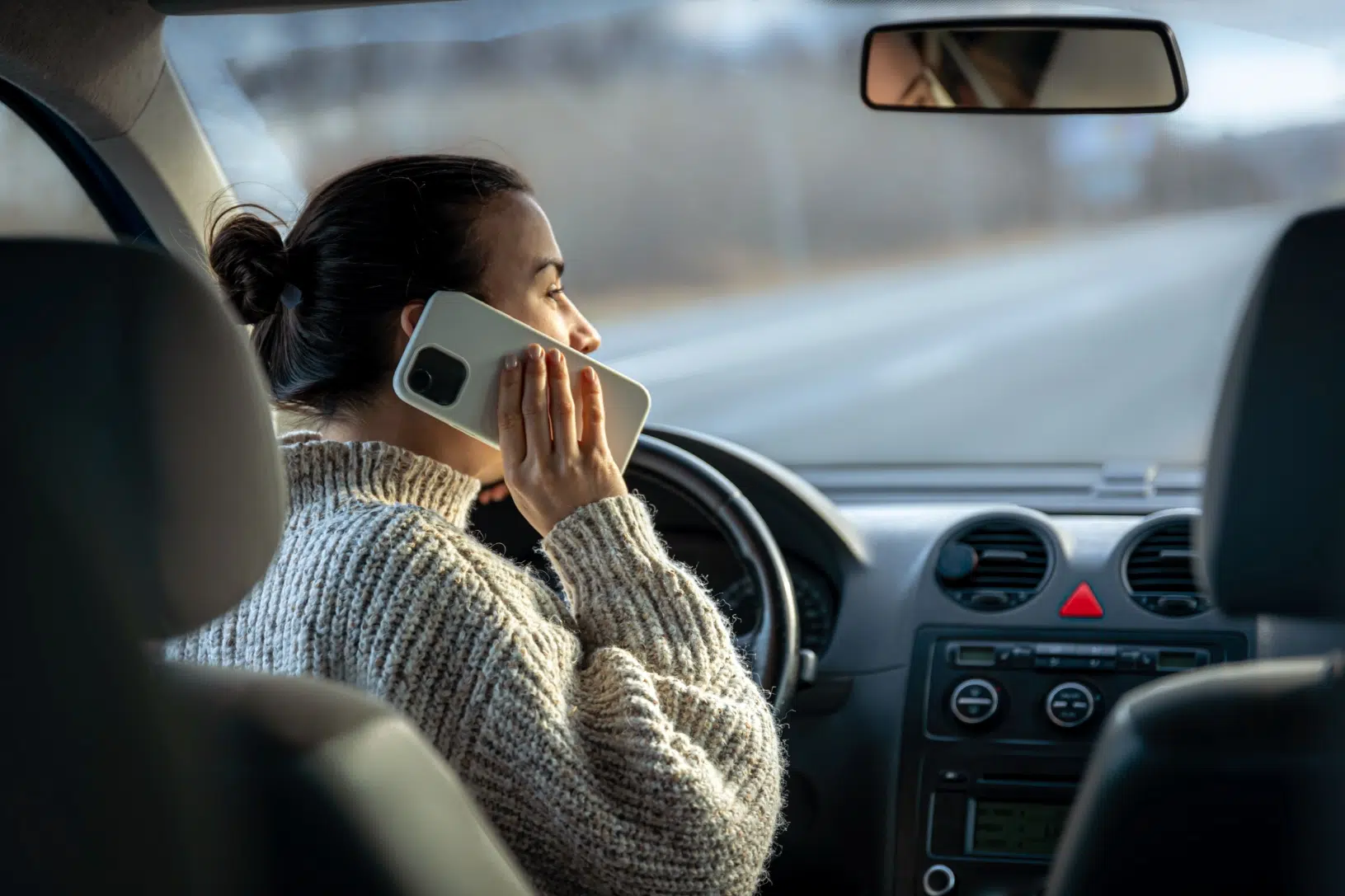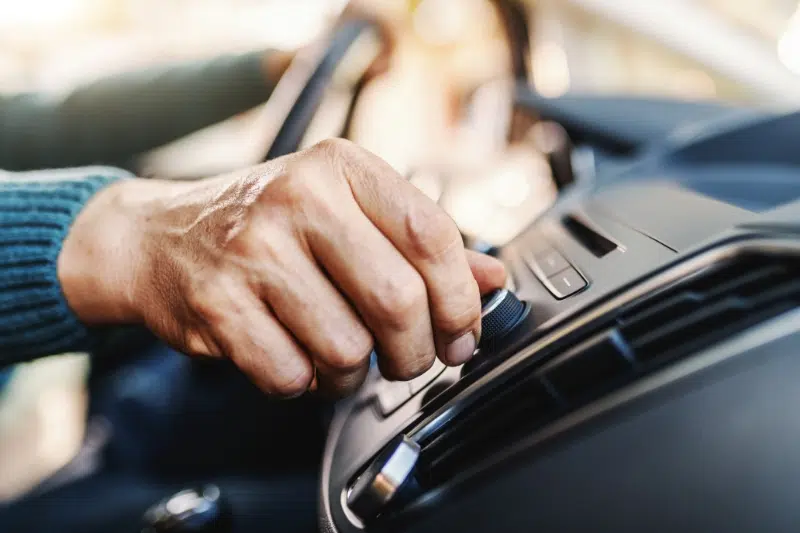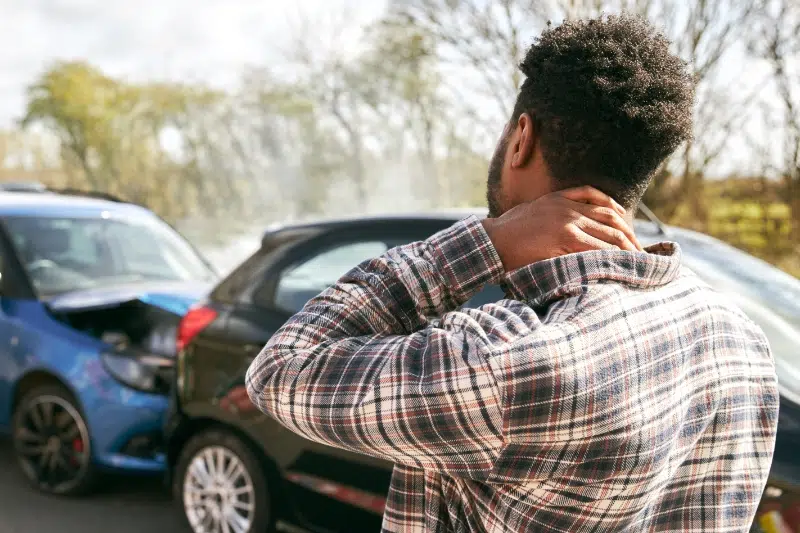Humans get distracted easily, and in multiple ways. But when you’re behind the wheel, staying focused on the task at hand is crucially important.
Think of it this way: If you’re driving 55 miles per hour, even a few seconds of distraction can mean you travel the length of a football field without fully concentrating. That’s a lot of space for something to go wrong.
If you suspect you were injured in a car accident because a driver was distracted, know that proving distraction can be challenging. Understanding the various types of distracted driving may give you and your lawyer a place to start.
Visual Distractions
Visual distractions take a driver’s eyes off the road. They can be in the car or outside of it, and may or may not be within the driver’s control.
While it’s true that people can control where they look, we’ve all experienced the practically involuntary turn of our head toward a flashing sign or active pedestrian.
Still, the more troublesome distractions are the ones drivers should intentionally ignore, such as phone screens, billboards, and anything that doesn’t relate to the roadway.
As you think back on the crash itself, note anything visually distracting that the at-fault driver should have ignored, like flashy advertisements or roadside construction.
Manual Distractions
Manual distractions take a driver’s hands off the steering wheel. The risks are compounded when a manual distraction is also a visual distraction (such as a cell phone).
Of course, there are times when a driver needs to flip on a turn signal, lights, or windshield wipers to stay safe, but a licensed driver should be able to make these movements without taking their eyes off the road.
Distractions that aren’t as dependent on muscle memory are typically more problematic. This might include adjusting the radio, searching for something in a purse, reaching toward a child in the back seat, or holding an electronic device.
Cognitive Distractions
Cognitive distractions take a driver’s mind off driving. Visual and manual distractions are often cognitive as well (or all three, like making phone calls), but a cognitive distraction can still occur even when a driver is looking at the road and has both hands on the wheel.
We’ve all been distracted by our thoughts at one time or another, but the more dangerous cognitive distractions are those drivers should anticipate before getting behind the wheel. For example:
- Being tired
- Certain medications
- Influence of drugs or alcohol
- Stressful personal situations
- Agitated moods
- Loud passengers
If you suspect any of these were an issue for the at-fault driver, don’t immediately make accusations, but consider what you heard and saw after the accident to support a claim of cognitive distraction.
RELATED: Texting and Driving in Texas: What Injured People Need to Know


